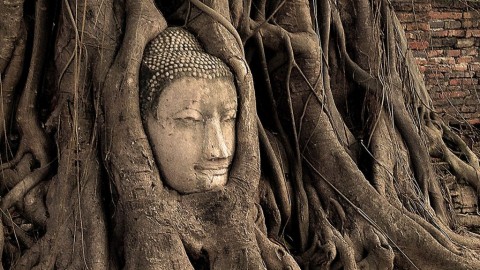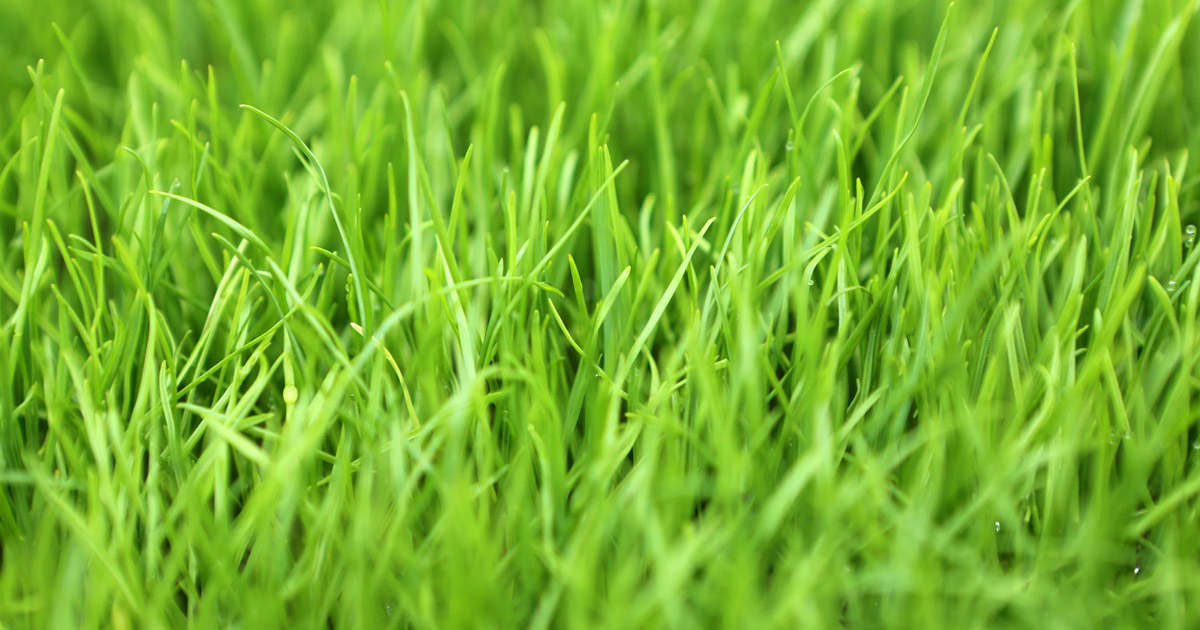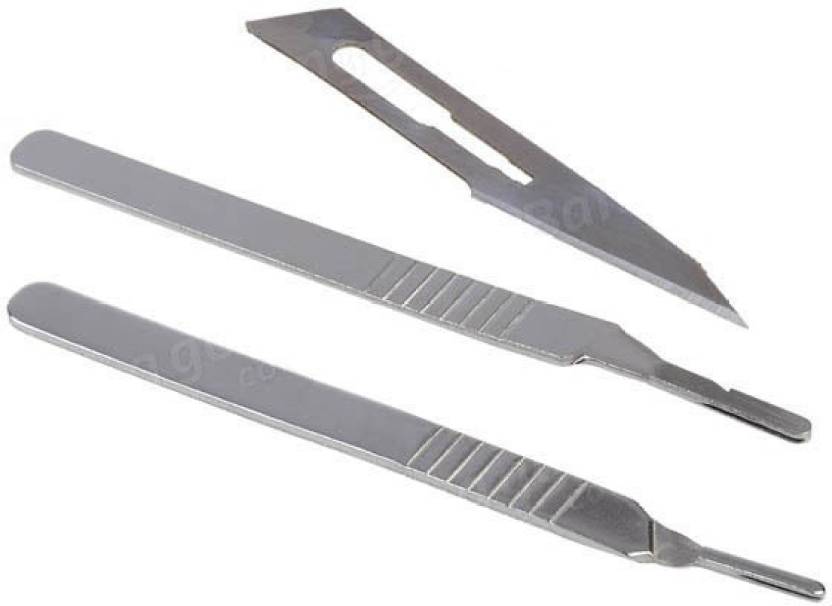Types and Usage
A calendar is a system of organizing days for social, religious, commercial or administrative purposes. This is done by giving names to periods of time, typically days, weeks, months and years. A date is the designation of a single, specific day within such a system.
Mainly there are three types of Calendar:
1. Solar calendars: Solar calendars assign a date to each solar day. A day may consist of the period between sunrise and sunset, with a following period of night, or it may be a period between successive events such as two sunsets. The length of the interval between two such successive events may be allowed to vary slightly during the year, or it may be averaged into a mean solar day. Other types of calendar may also use a solar day.
2. Lunar calendars: Not all calendars use the solar year as a unit. A lunar calendar is one in which days are numbered within each lunar phase cycle. Because the length of the lunar month is not an even fraction of the length of the tropical year, a purely lunar calendar quickly drifts against the seasons, which do not vary much near the equator. It does, however, stay constant with respect to other phenomena, notably tides. An example is the Islamic calendar. Alexander Marshack, in a controversial reading, believed that marks on a bone baton (c. 25,000 BC) represented a lunar calendar. Other marked bones may also represent lunar calendars. Similarly, Michael Rappenglueck believes that marks on a 15,000-year-old cave painting represent a lunar calendar.
3. Lunisolar calendars: A lunisolar calendar is a lunar calendar that compensates by adding an extra month as needed to realign the months with the seasons. An example is the Hebrew calendar which uses a 19-year cycle.
The primary practical use of a calendar is to identify days: to be informed about or to agree on a future event and to record an event that has happened. Days may be significant for agricultural, civil, religious or social reasons. For example, a calendar provides a way to determine when to start planting or harvesting, which days are religious or civil holidays, which days mark the beginning and end of business accounting periods, and which days have legal significance, such as the day taxes are due or a contract expires. Also a calendar may, by identifying a day, provide other useful information about the day such as its season.
Calendars are also used to help people manage their personal schedules, time and activities, particularly when individuals have numerous work, school, and family commitments. People frequently use multiple systems, and may keep both a business and family calendar to help prevent them from overcommitting their time.
Calendars are also used as part of a complete timekeeping system: date and time of day together specify a moment in time. In the modern world, timekeepers can show time, date and weekday. Some may also show lunar phase.











